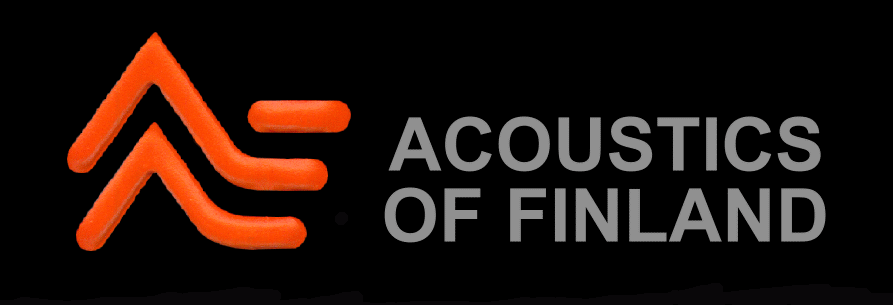|
Hinnasto/PriceList
Acoustics
of Finland AF-2/AE-2X
Outlaw
Dolby
Digital
Letter
to Boston Audio Society re DVDs and Regions
(in
Finnish/Suomeksi)
Pickering
Connoisseur
spare belts
Telarc/Decca
CD's
Phono
Pre-amplifier
LP
Pre-amplifier
Home
Theater
DVD 5.1
Films
DVD
Library
Other/Muut
Electronic
Workshop Ads
Nordic
Press
Other stuff:
Cost/Benefit
Analysis - "Missouri Style"
Natural
Resources/Conservation - Thanks!
Fun stuff:
The
Great Yogi (Yogi Berra)
You
Might Be A Bubba If -
Who's
on First
A
Riddle
Real
Good Sopranos Page
One of the
nice themes from CarTalk:
Listen!

|
Ayers Brinser
A biographical clip from
Boulder, Colorado:
Ayers Brinser came to
Boulder in 1960 to head the new graduate program in natural
resource administration at the University of Colorado.
Brinser earned his bachelor's degree, master's and doctorate
from Harvard University, where he helped establish the first
graduate program in the country for the training
ofgovernment employees in the administration of natural
resources. He also taught an undergraduate economics course
at the University of Colorado. The Brinsers left Boulder
after only a year, when Brinser was offered a professorship
at the University
of Michigan.
Ayers Brinser died in August 1967. (Source: Daily
Cameraclipping files.)
From comments of Jerome
B. Wiesner - Science Advisor to JFK:
"The two presidents
[JFK/Khan] had a very satisfactory meeting, and the
end result was that Roger Revelle and Abdus Salam started
working together to alleviate the "water-logging" in the
fertile fields of Pakistani.
Roger's first task was to
assemble an expert team who knew about agriculture
irrigation problems. The team he got from Harvard included
Drs. Harold A. Thomas of the Division of Applied Sciences,
Ayers
Brinser of the
Harvard Forest, and Robert Dorfman of Harvard (who isstill
there). Contributions were also made by the U.S. Geological
Sunvey, especially Thomas Maddock, an engineer. I recall an
impresive geologist named James Isaacs of the Scripps
Institution. There were also many experts from the
Department of Interior's Water Resources Laboratories and
Geological Survey, and other leading scientists
organizations. While Roger was bringing his group together
Abdus went back to Pakistan and assembled a briefing team of
Pakistani experts who had the job of transferring all the
existing knowledge to Roger's team when it went to Pakistan.
The Harvard team did some
modeling of aquifers with computers, so for the first time
it was possible to show lath a mathematical model what the
effect of different spacings and well sizes would be. It
turned out that the present wells were too far apart and too
small, and their only effect was close to the well, so that
most of the land continued to be water-logged. With this
information it was possible to design a tube-well system
that had some hope of solving the problem.
While this work was going
on, Roger had another idea. He decided to look at the total
food problem, instead of just the water problem. It was
apparentthat given amount of money using a combination of
agricultural improvements, as well as tube-wells, would
provide morefood. The agicultural practices in Pakistan were
unbelievably primative. The farmers did not use water
efficiently, they did not sow seeds well nor plough deep.
More than that, the farmers had no access to fertilizers or
pesticides, and little thought had been given to the proper
seeds for the climate and soil. "
|
Are
you an AV professional?
Follow
industry developments with Chameleon Oy's "AV
Reporter"

______






|